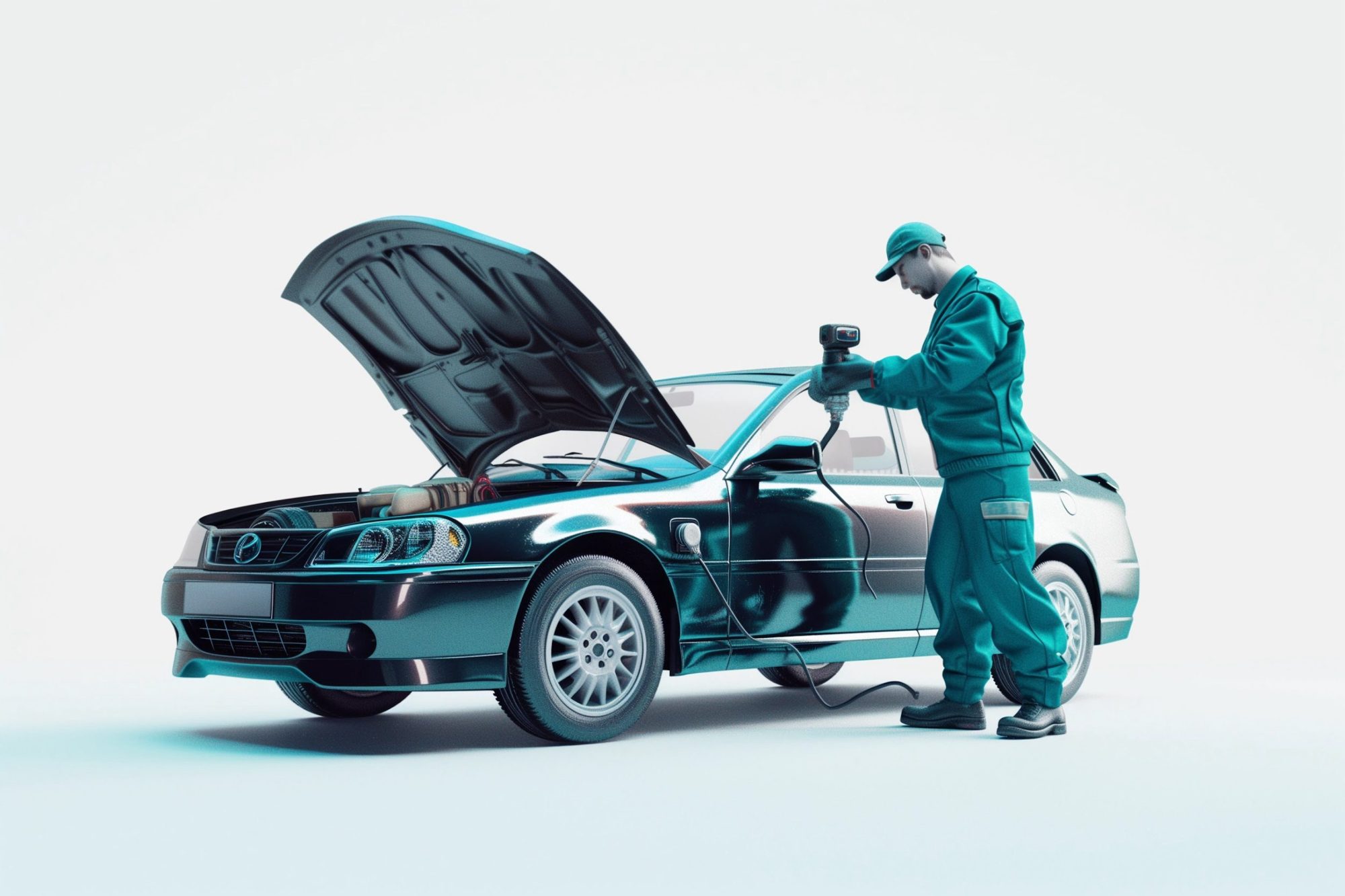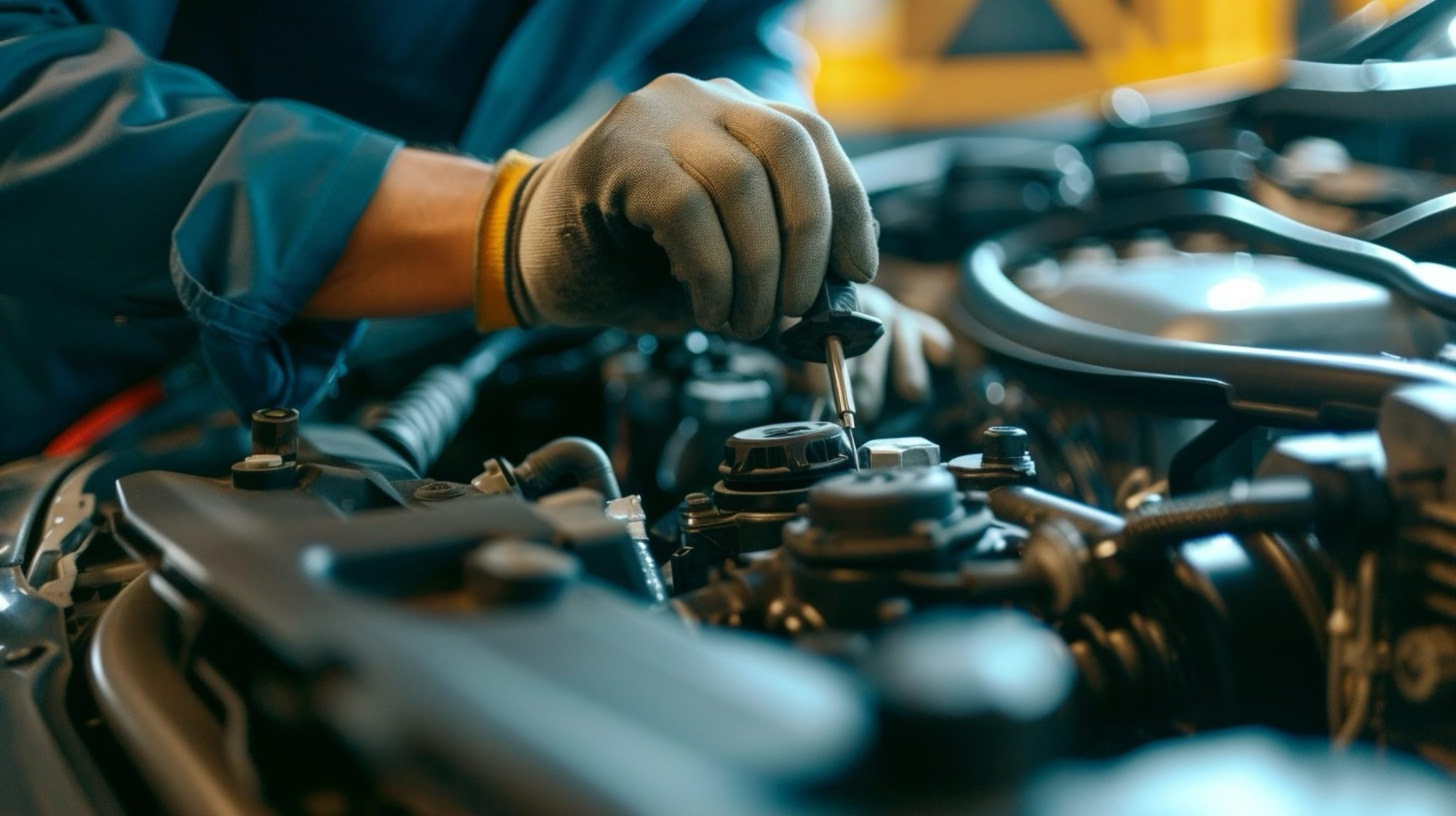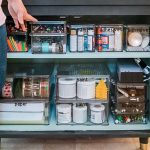Thank you for choosing our guide on basic car maintenance and safety. If you own a car for the first time or have been driving for years, you should comprehend why you must maintain your vehicle to get the best out of it safely on the road. This guide will equip you with expert advice and useful tips to be sure your car is correctly maintained and operating. We’ll cover everything from simple tasks like monitoring tire pressure and checking oil levels while driving to more complicated DIY maintenance activities. Proper car maintenance not only extends the vehicle’s life but also increases miles per gallon, reducing the chance of broken vehicles being stranded. There are also safety checks if we need to check the brake light and windshield wipers for more brightness. Don’t worry if you’re a car expert – our guide to basic Bandar togel car maintenance and safety is easy to use and easy to follow. By following these simple rules of maintenance and safety, driving will be smoother and safer. Let’s start controlling your car.

Importance of Basic and Safety
There are several reasons why it is important to take proper care of your car. First, like when taking care of your health, this helps detect any minor issues before they become severe. Therefore, you save a lot of money keeping the health of both yourself and your car in top condition. In addition, a well-maintained machine is more fuel-efficient and makes every trip to the gas station work for you. Finally, undeniably, it is your responsibility to keep yourself safe and protect other road users. We have considered the significance of regular car maintenance. Let us move to the car maintenance checklist.
Regular Car Maintenance Checklist
Checking and Changing Fluids
However, regularly checking and changing the fluids involved is essential for the operability and longevity of your car’s engine. When starting, check the oil level. It can be done by pulling the dipstick out, the tip of which is often marked with a bright color. After getting the dipstick out, you have to heat a little the excessive oils off the stick with a piece of cloth and slide the removed part where you found it. If your engine is low, add the type of oil recommended by the manufacturer of your car. Then you should also check the engine’s coolant. Locate the reservoir tank and before you ever unscrew the cap, read where the line should be. If so, add a mixture of a manufacturer-recommended type of engine coolant and water. In addition to oil and coolant, ensure you check the transmission fluid and the brake fluid. Too high or too low or dirty fluids should be refilled using a manufacturer’s recommended type as specified in your car vehicle manual.
Inspecting and Replacing Filters
Filters matter more than you might think. One is responsible for keeping the engine clean by filtering out the dust, dirt, and other tiny debris. The other is so that you can breathe clean air without inhaling dust particles or harmful materials. Whenever you have your vehicle’s hood open, find the air filter housing and take out the filter. Hold it up to some light source. If it looks dirty or if you can’t see the light at all, it’s high time to install a new one. The cabin air filters are often found behind the gloves compartment. Check the car’s documentation to see how to open it.

Checking and Maintaining Tires
Therefore, regular tire maintenance is an important measure for ensuring not only your tire’s optimal performance but your safety on the road, too. Perform routine checks of pressure no less often than once a month and always find the recommended levels in your vehicle’s manual or look for a sticker on the frame where the driver’s door closes. Each time you check air pressure, use a tire gauge, and pump air in or release some to align with the recommended type. You also need to visually inspect your tires for any signs of defects like bulges, cracks, or obvious uneven tread. If you notice something like that, turn to a professional for the appropriate inspection and an obligatory replacement. Lastly, don’t forget to rotate your set every 5,000 to 7,000 miles to promote even wearing and maximize their service life. Either ask a tire shop to do it or acquire the necessary resources at home.
Brake Maintenance and Inspection
The brake system is one of the car components crucial to the driver’s safety. Even if not able to estimate whether the brakes are in good condition, drivers can recognize that they need inspection and replacement. First, visually check if the brake pads look thin; however, the indents most wrung-in are another sure signifier. Then think about the sounds while applying the brakes. Audible squeaking, screeching, or grinding noises, all of which may be tough to hear from inside the vehicle, are also cause for worry. Finally, if the brake pedal feels different when utilized or is unresponsive, a professional can assess and rectify any brake-related difficulties.
Battery Maintenance and Care
Maintenance. To avoid getting stranded with a dead battery, you have to make sure that you maintain it. Firstly, inspect the battery terminals. If you see white, powdery growth, clean the corrosion with a mixture of baking soda and water. Secondly, check the overall battery. Look for the cracks, bulges, and any sign of leaking. If you find any of these, get a new battery. Moreover, check if it is fastened properly. It can move while driving. In that case, use the specialized tools to tighten the clamps.
Importance of Regular Car Wash and Detailing
Moreover, regular car wash and detailing are not simply to look good. Although you may remove dirt in the short term, grime and road salt can harm the paint job and undercarriage of your vehicle. Moreover, it can immediately affect the resale value of your investment negatively and result in rust and other problems. To sum up, your automobile detail should be once or twice annually. Detailing is freshly cleaned on the inside and outside cleaned and waxed as a service designed to clean and polish the automobile and coat it for enduring protection.
Essential Safety Tips for Driving
In addition to routine maintenance, you need to follow safe driving habits. For your road safety, you need to take the following safety tips when driving. Always put on your seat belt and make sure the passenger also does so. Observe and adhere to traffic laws and driving speeds. You should not drive while on a phone or eating, among other forms of corruption. Keep away from the car in front so that sudden stops won’t affect you. Use your signals whenever you want to change lanes or drive through roundabouts. You should quickly look around and in the blind spot before switching lanes. Know your environment and recognize hazards in advance. Do not tailgate or speed inappropriately; other dangerous driving activities may be prosecuted. If you can adopt the above tips and take minor maintenance measures, you will have a better chance of driving safer and smoother.
All of the above-listed recommendations may seem overwhelming, but taking care of your car should not be a painful task. Remember to monitor your car fluids, replace its filters with new ones when necessary, check that the air in the tires is not too low or too high, and verify that the brakes and the battery are in good condition. Moreover, one should not underestimate the role of regular car wash and interior detailing.


